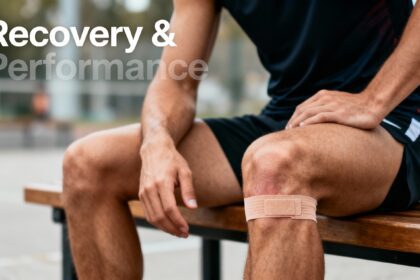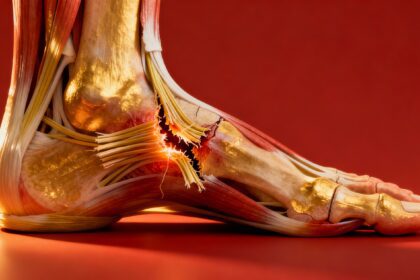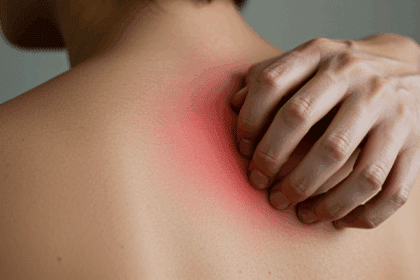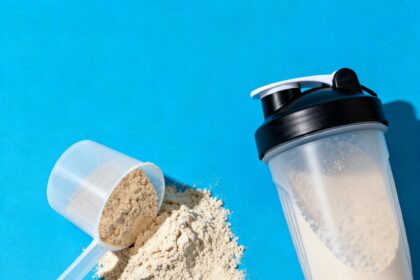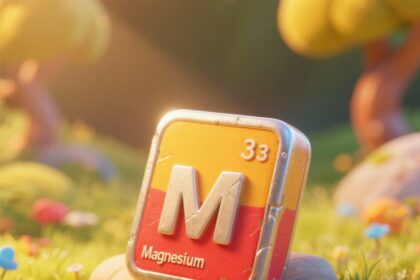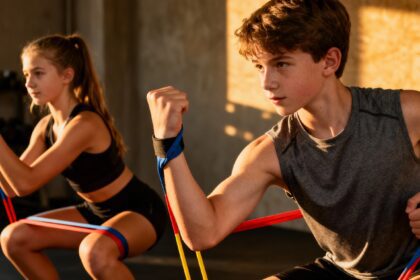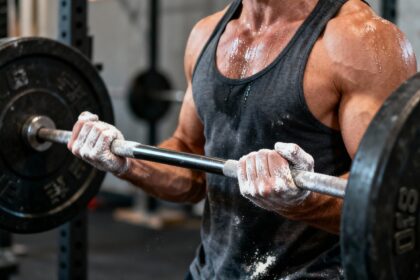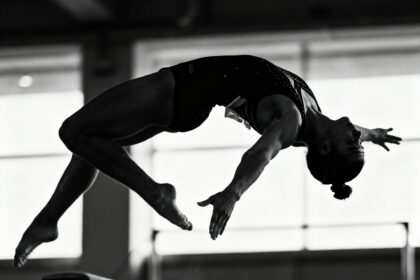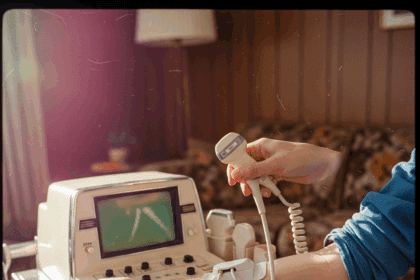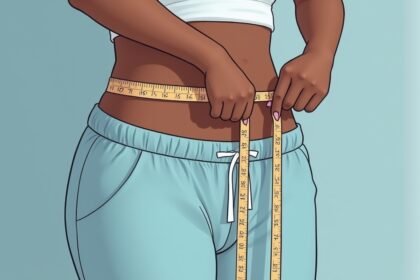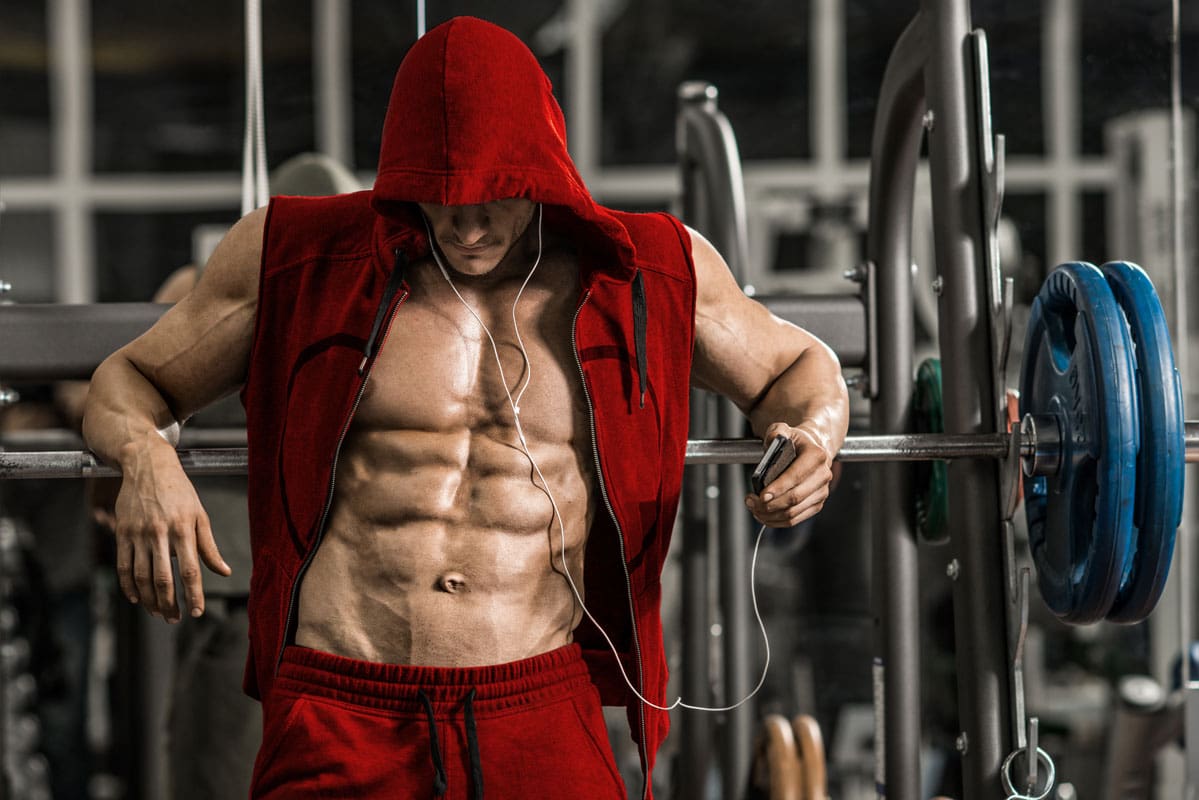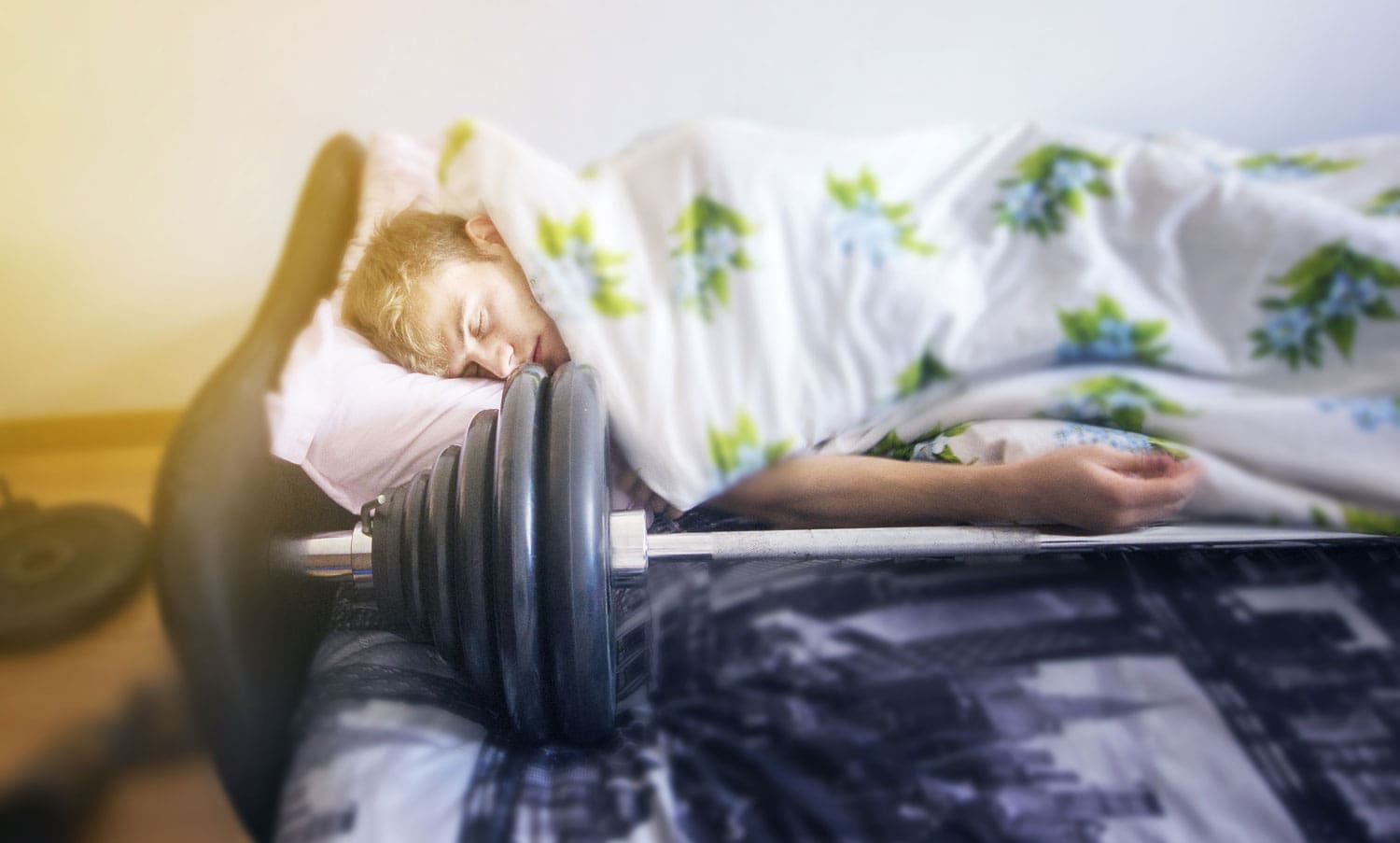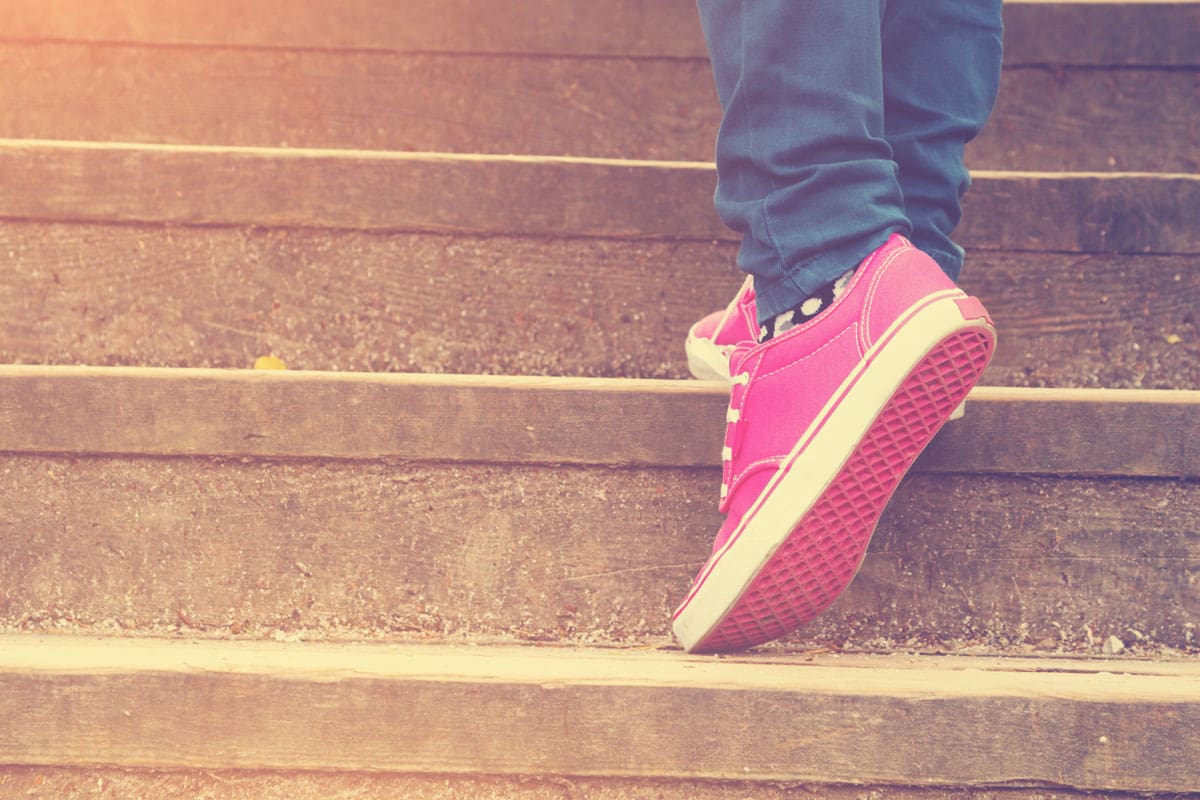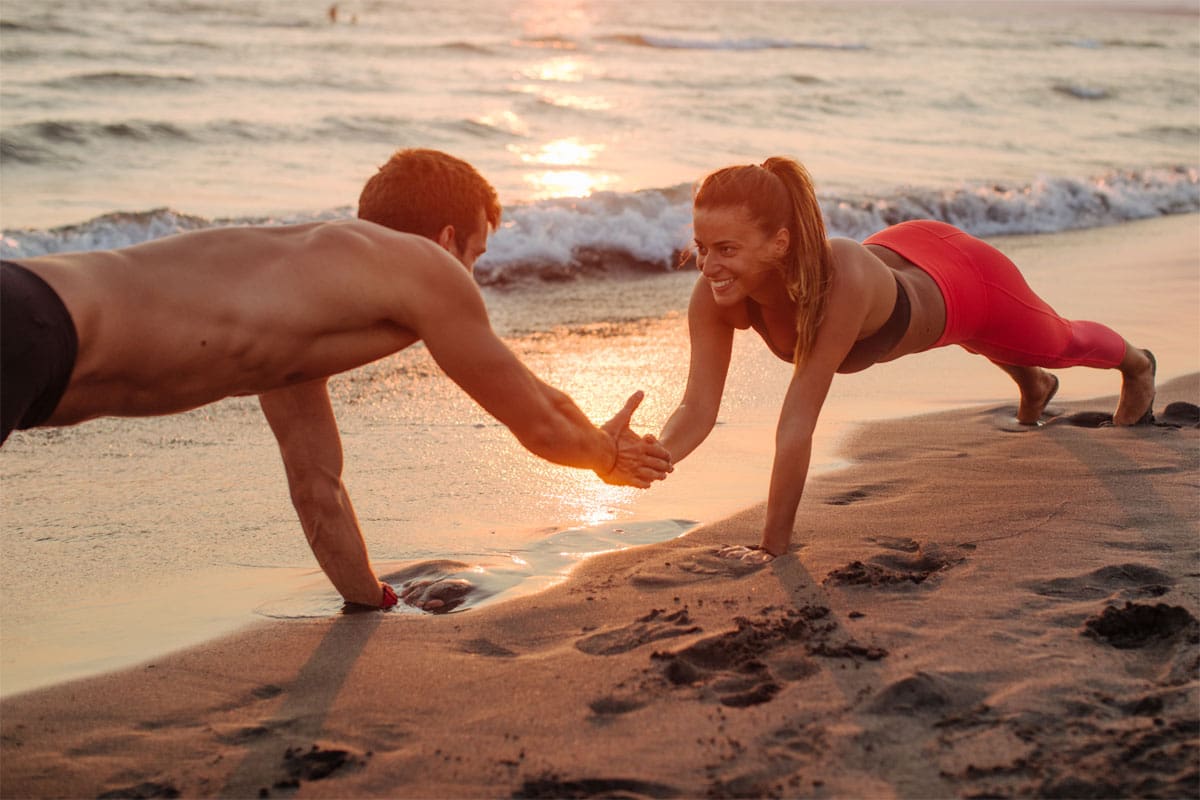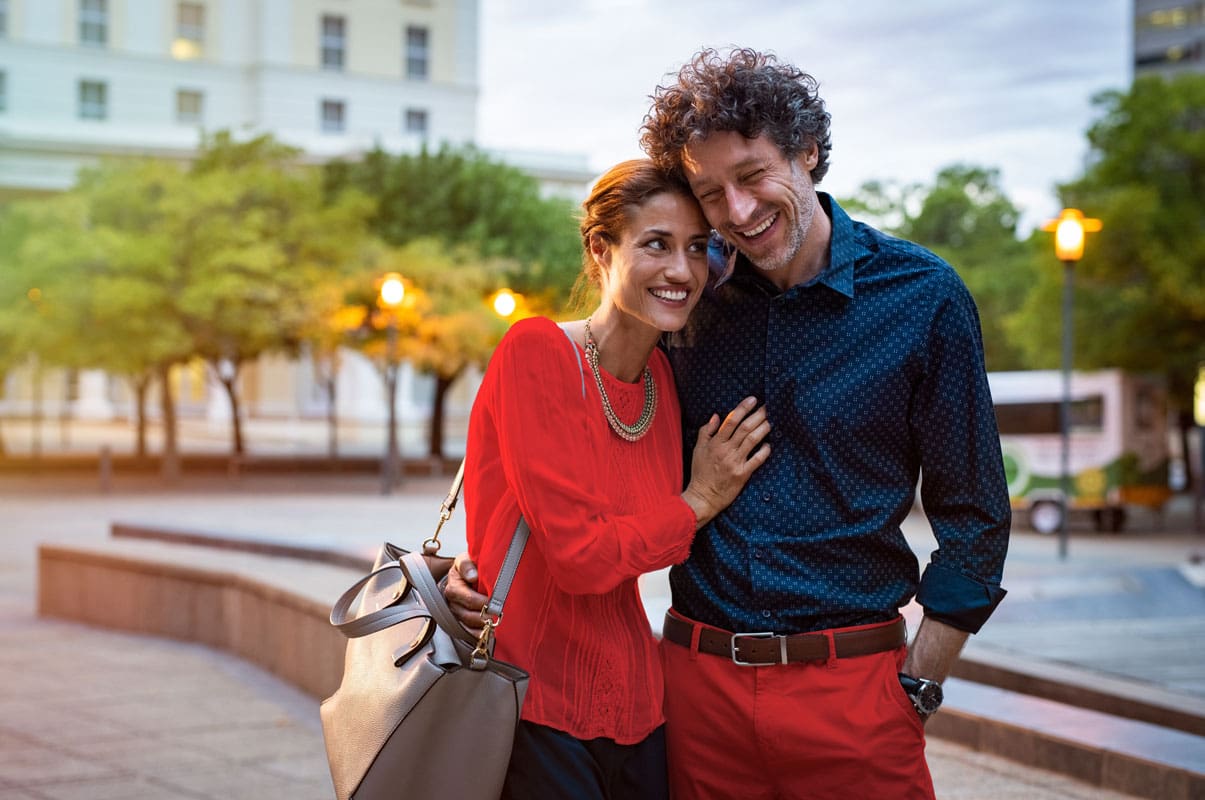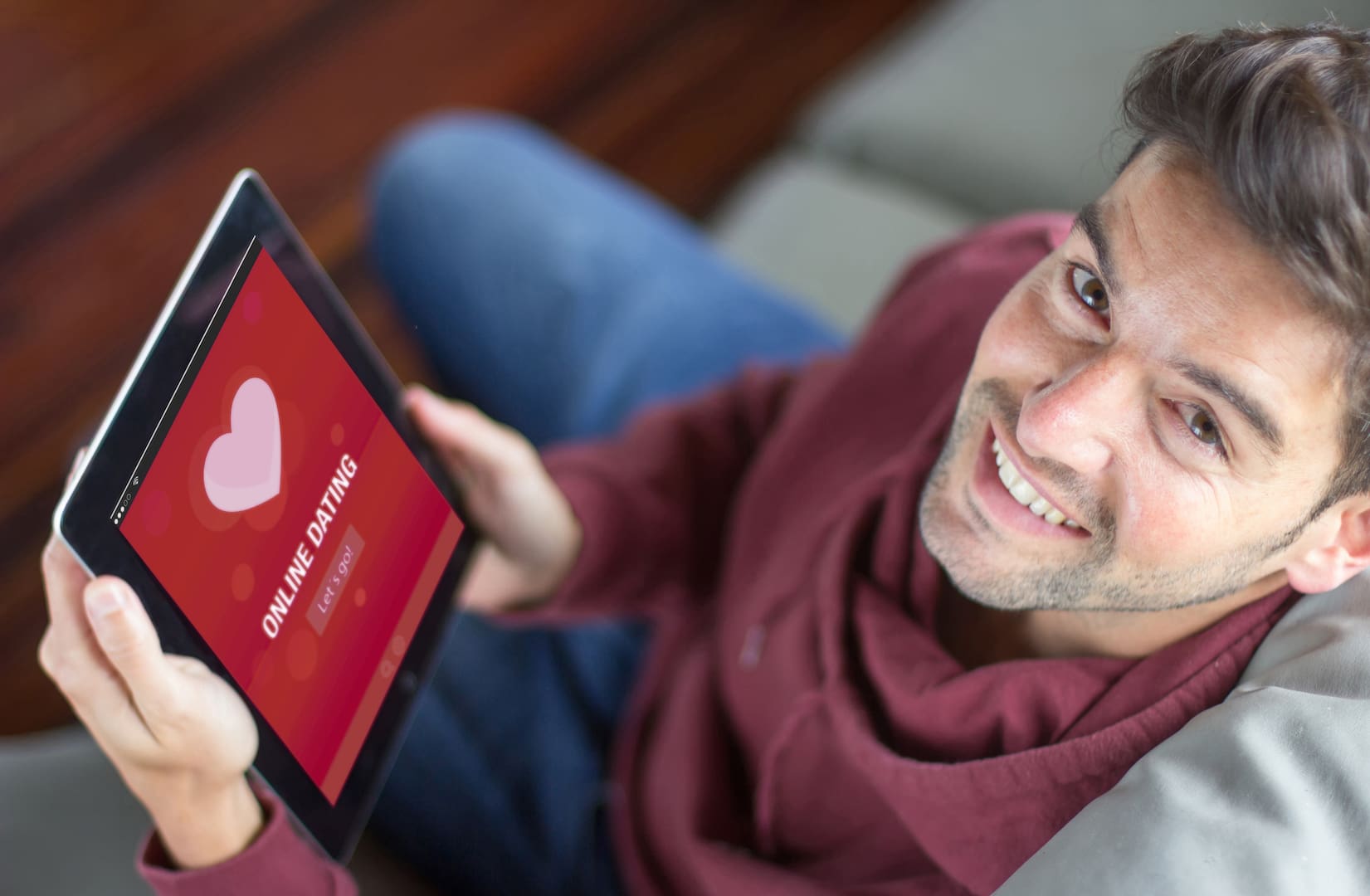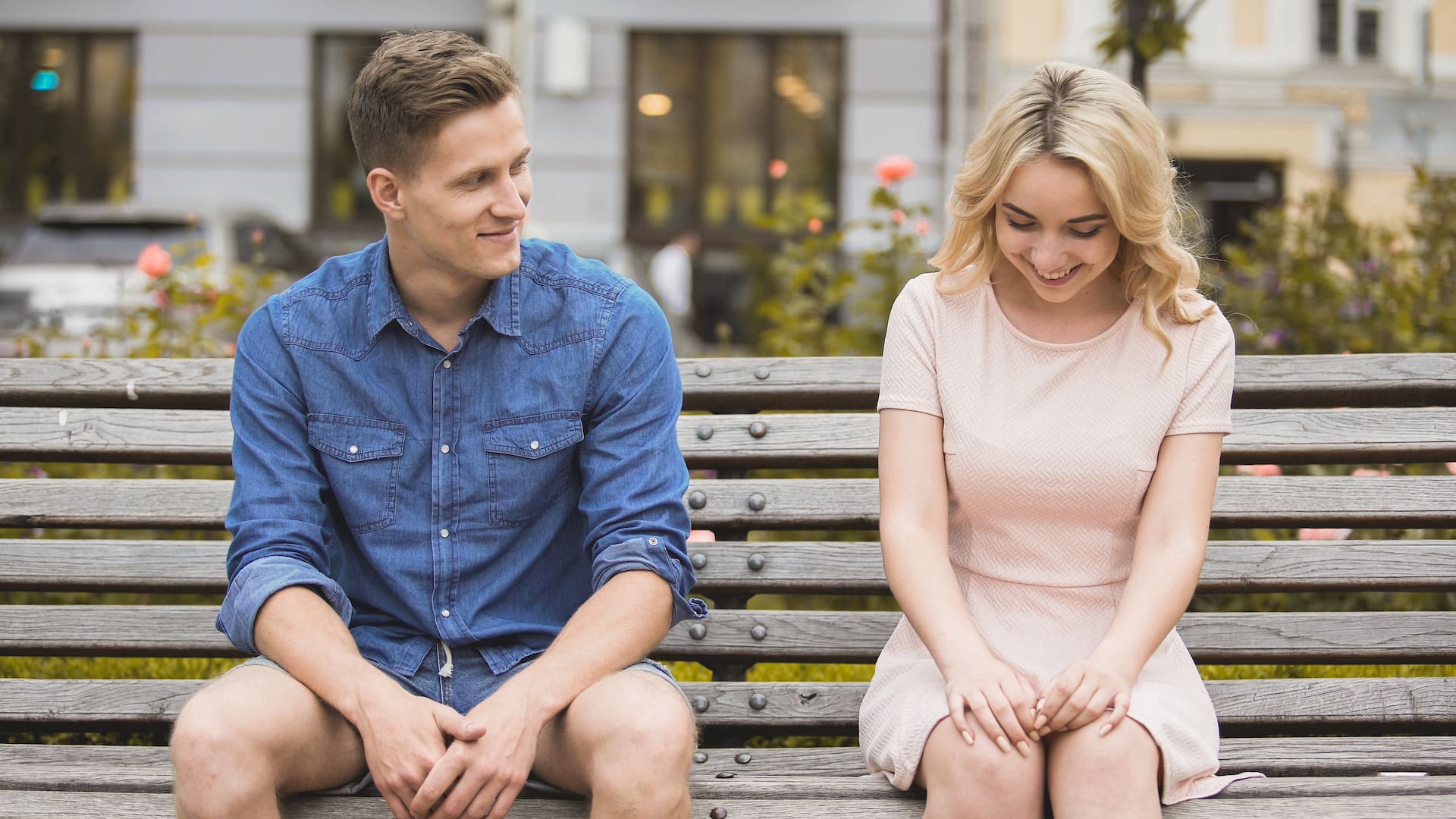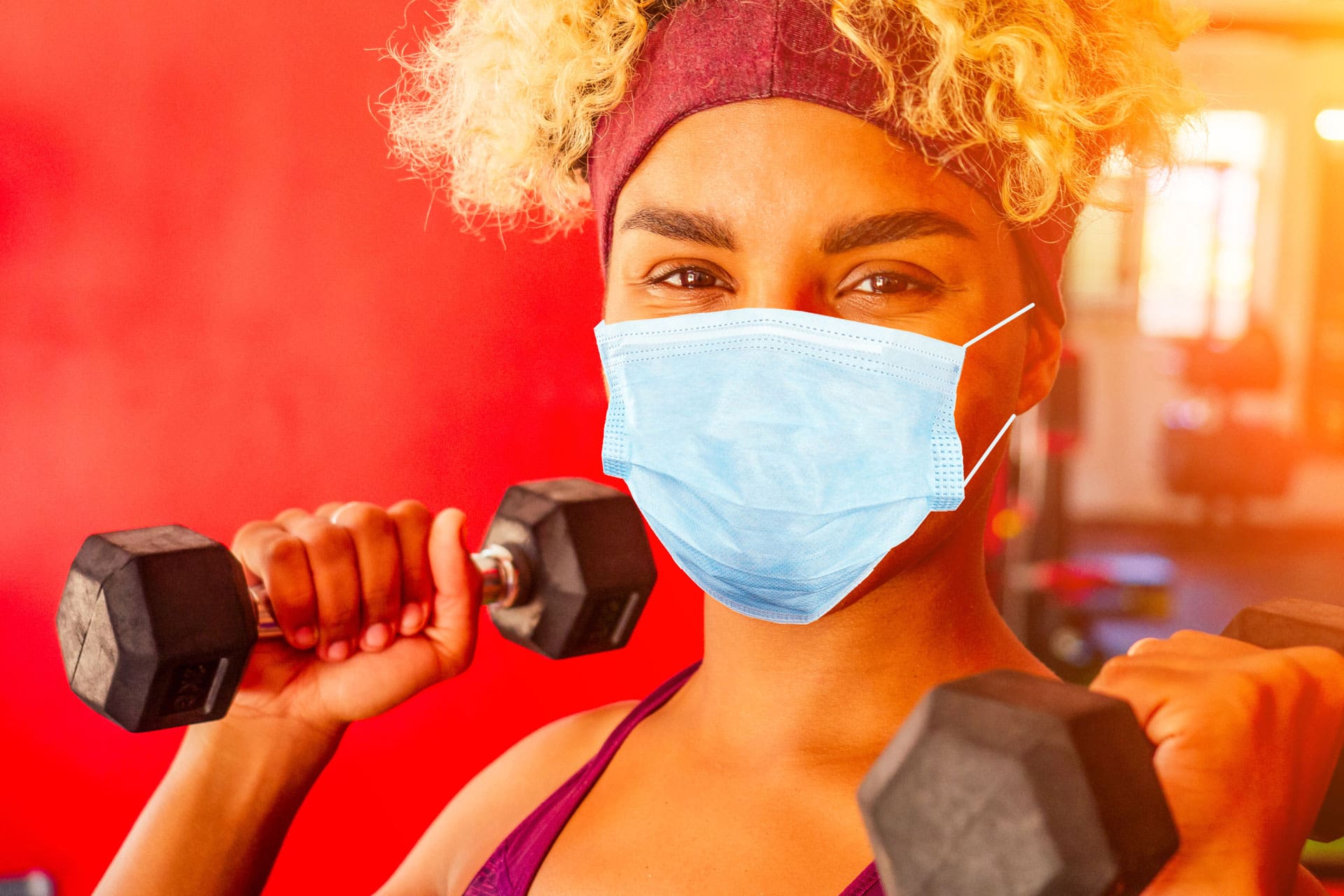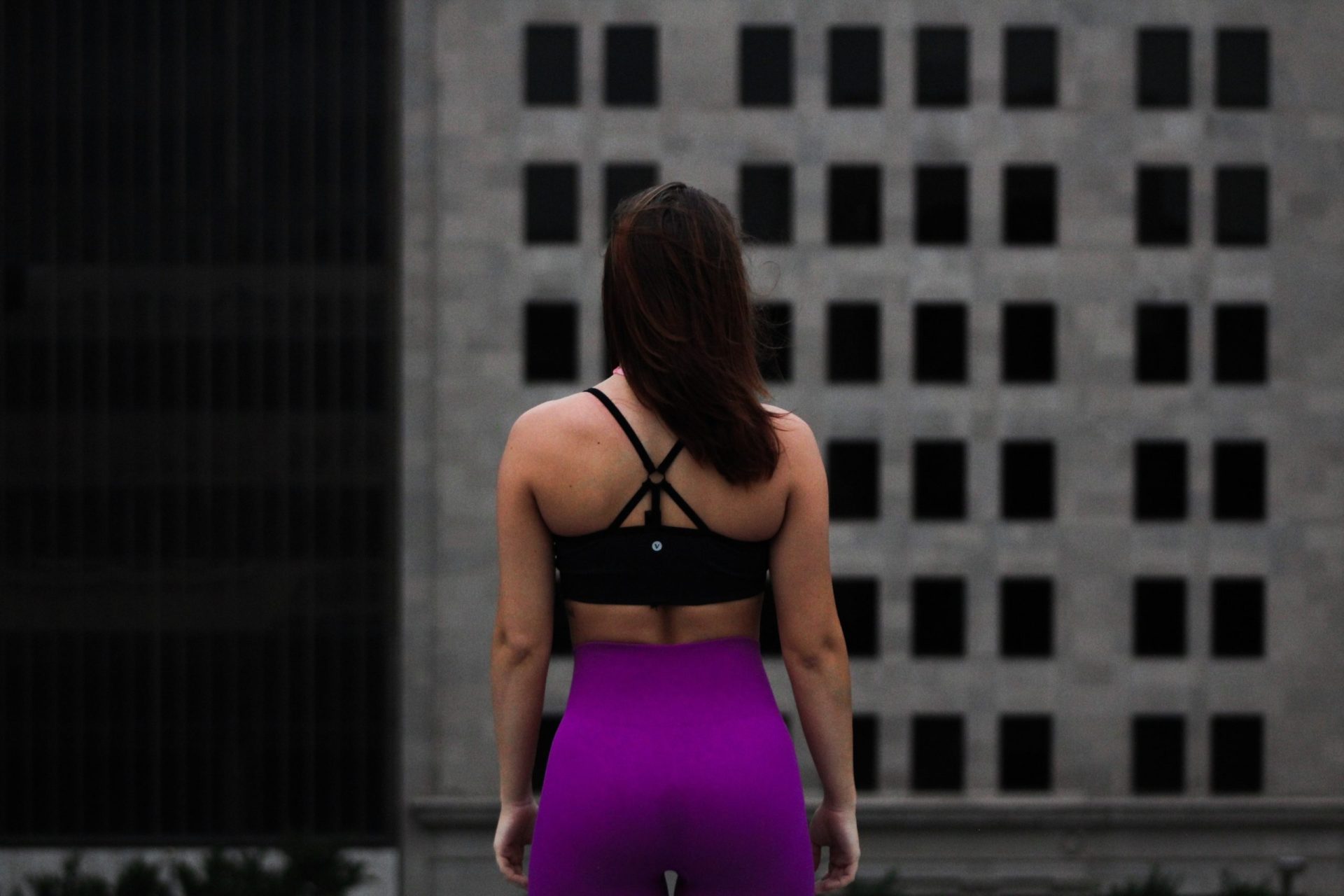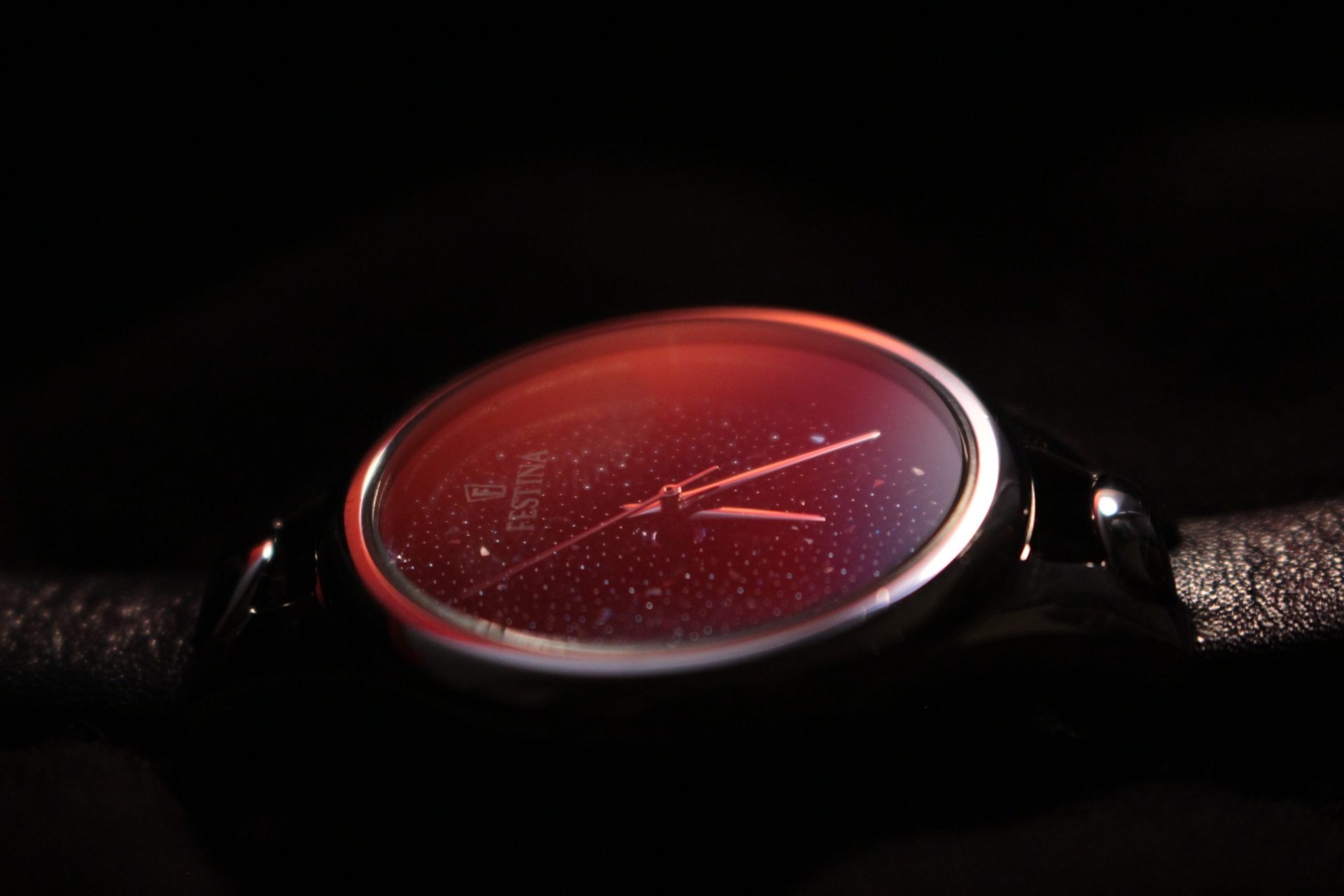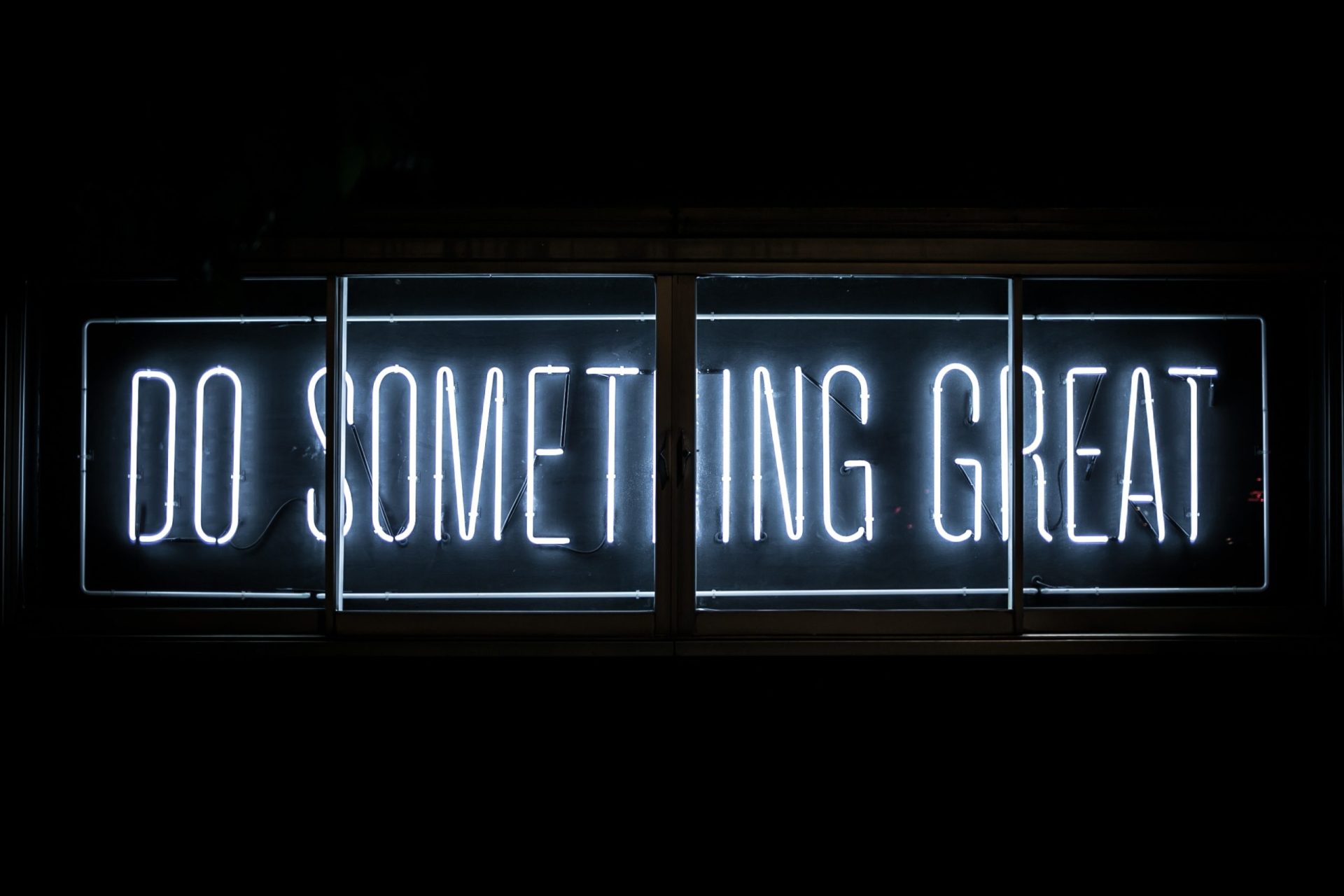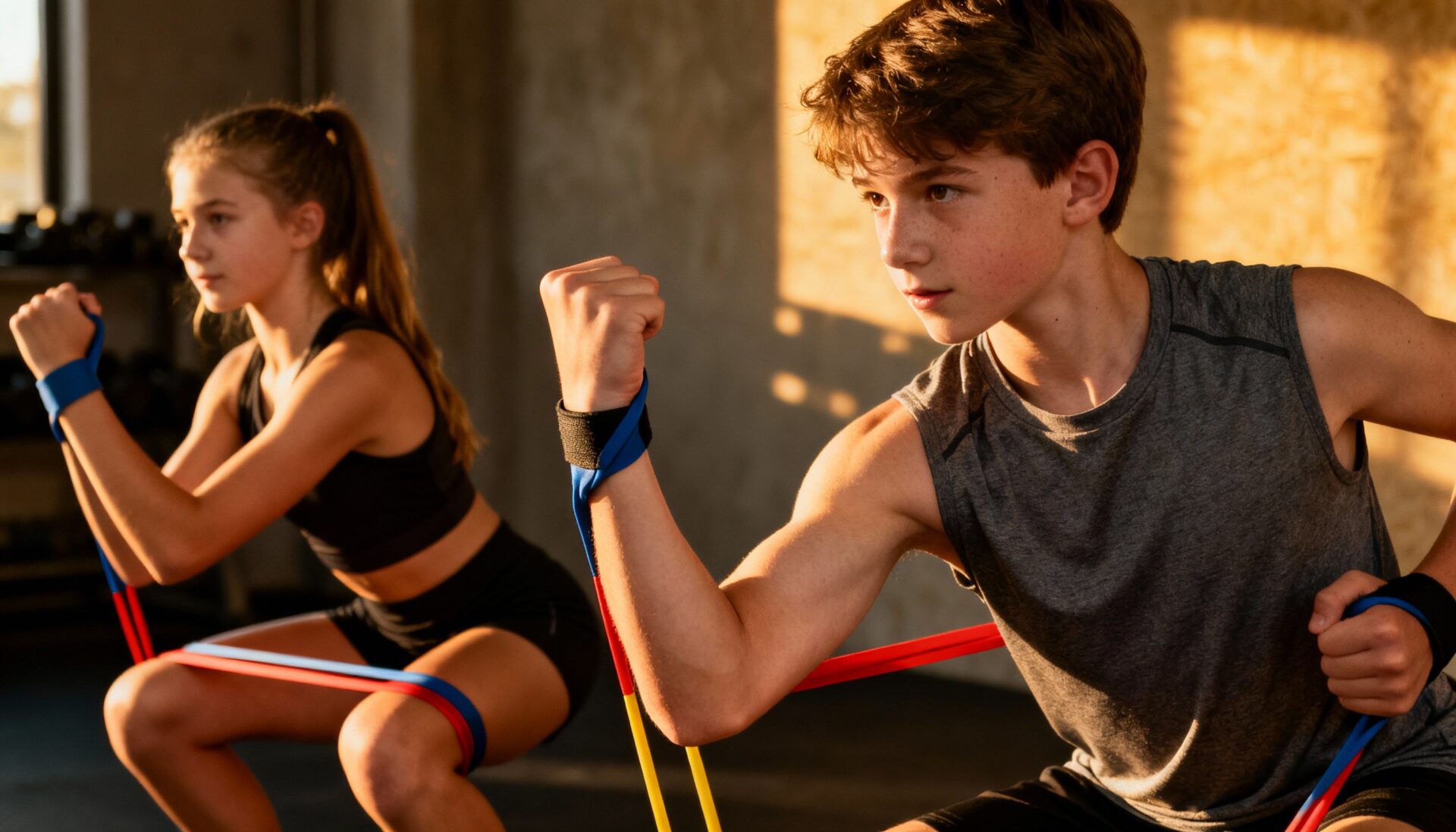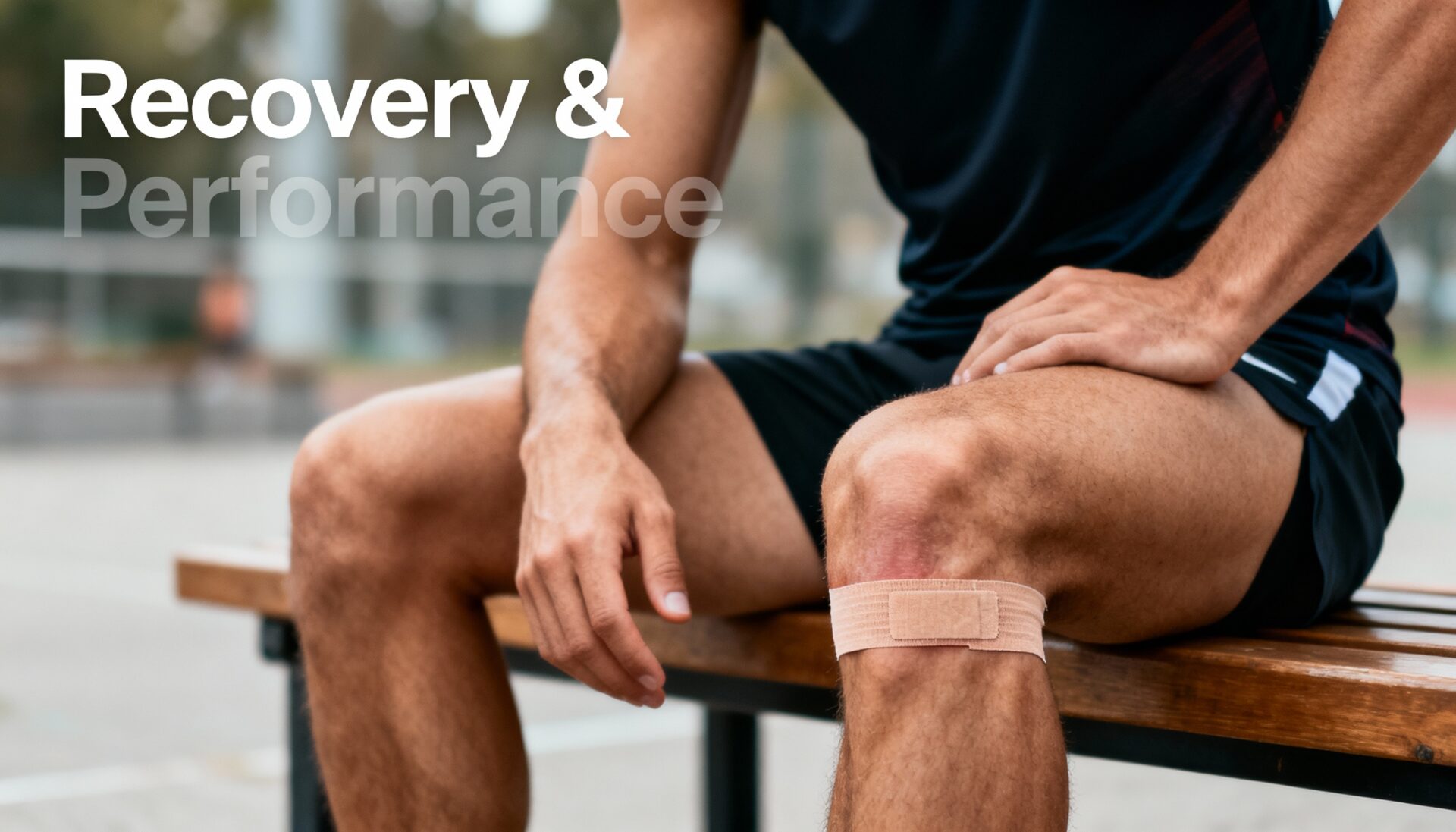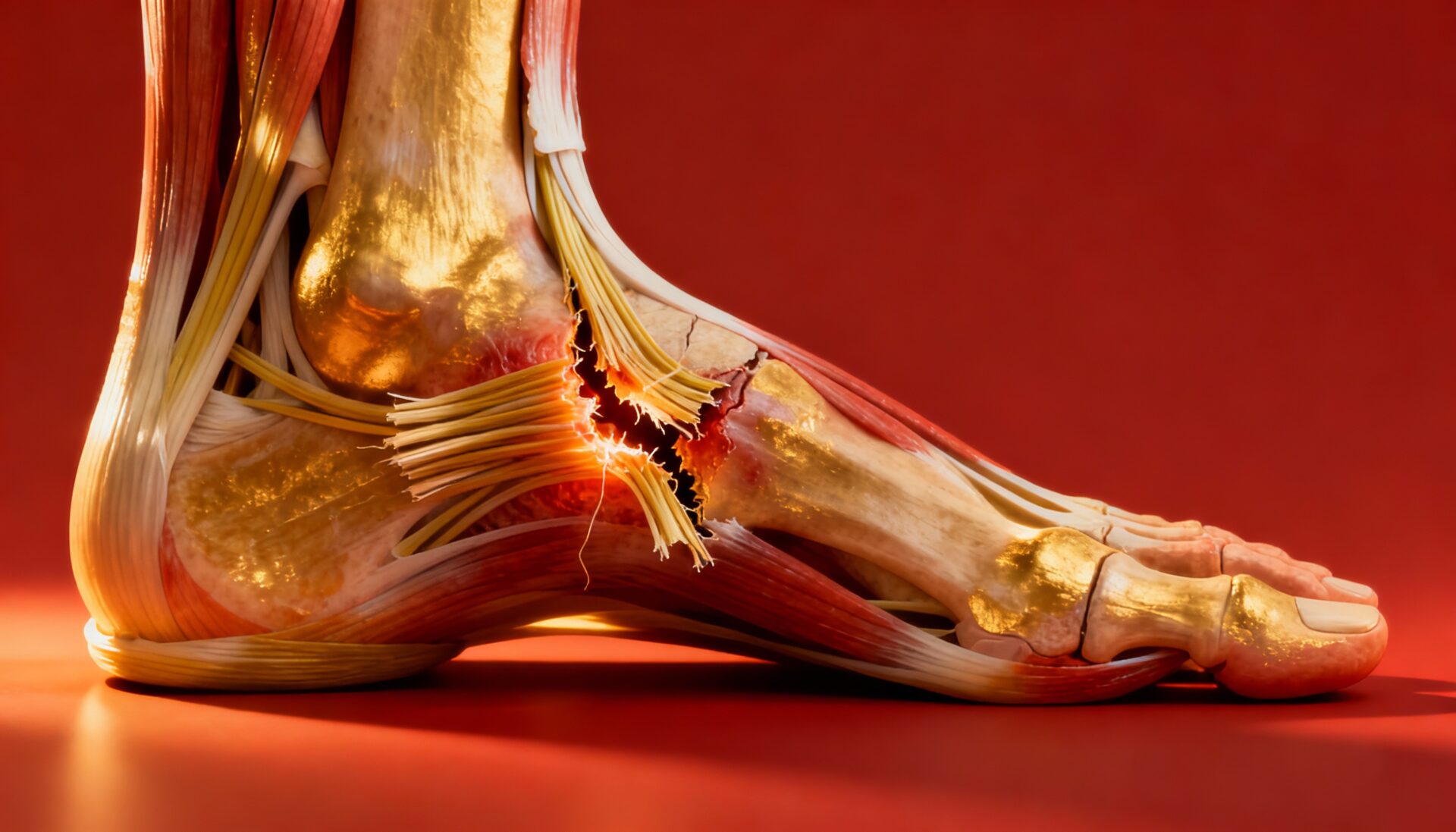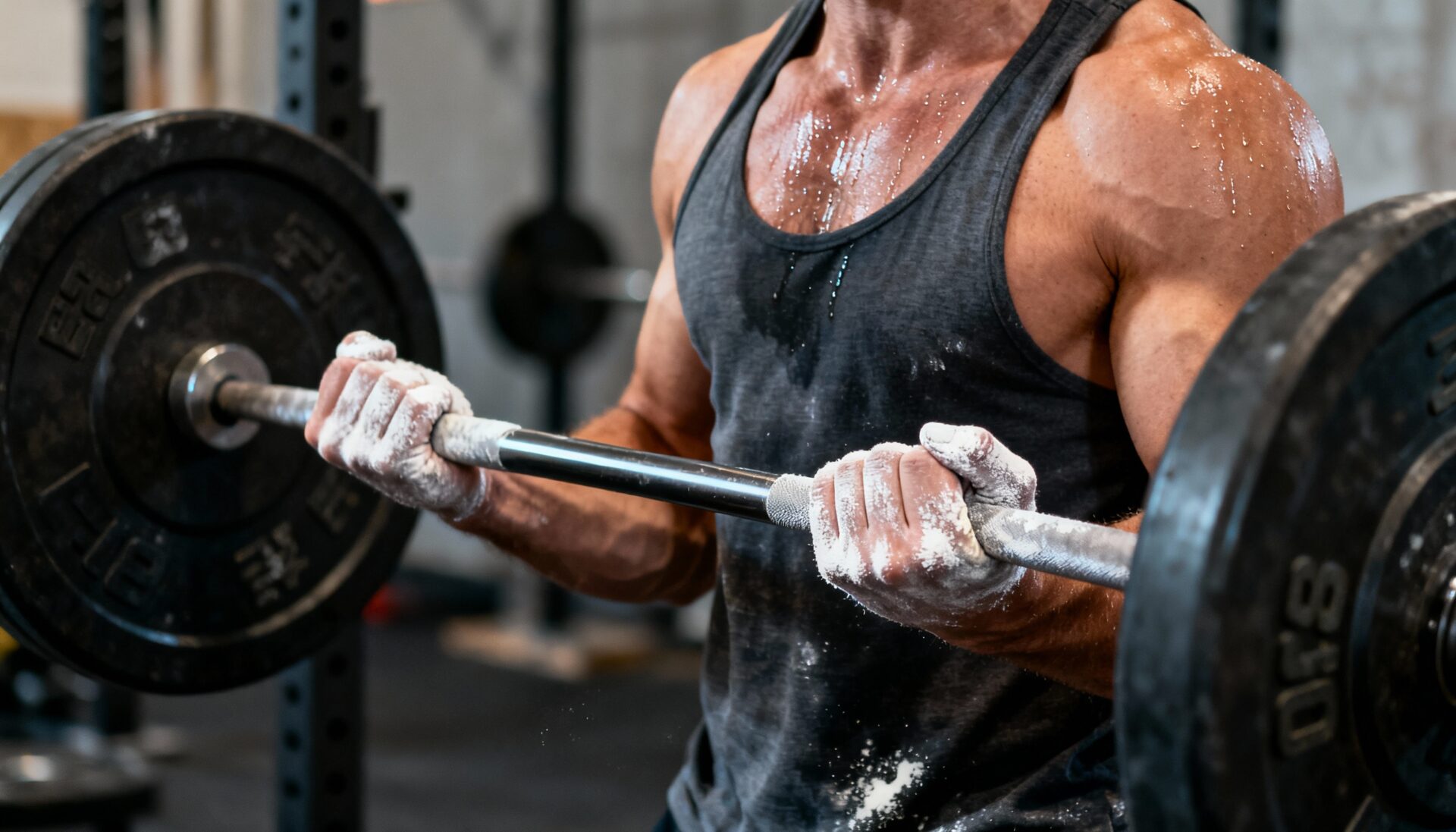The science of muscle growth has changed dramatically in the last few years. Unlike before, we now know that lifting heavy weights isn’t the only way to grow your muscles.
For example, moderate loads (20-30% 1RM) with blood flow restriction increase muscle size similar to that of high load (>70%1RM) training. What this proves is that it is not just the amount of weight you have on the bar that’s going to make muscles grow; there are other factors involved.
Additionally, isometric contractions (i.e., squeezing a muscle with no movement) can also increase muscle growth. This suggests that posing, which consists of intense muscle contractions, may potentially influence muscle growth.
Posing is a lost art in bodybuilding. Arnold Schwarzenegger used to spend hours posing, in fact, he started taking ballet classes to make him a better poser. Many lifters know that posing is extremely fatiguing and often neglected, but actively contracting your muscles can add inches, according to new research.
SQUEEZING- FLEXING MUSCLES WHILE LIFTING WEIGHTS ADDS SIZE
Many lifters have heard of squeezing the muscle during workouts, but not many people follow this, as more often, lifters just go to the gym and throw the weight around. One study reported positive increases in muscle mass from squeezing the muscle while lifting.
STUDY #1
In this study, the researchers divided sixteen young men into two groups: the training and the control group. The training group conducted a 12-week, three-day-a-week training program that consisted of four-second maximal voluntary contractions of the biceps and triceps.
These young men would spend time simultaneously contracting their biceps and triceps. Muscle strength and thicknesses of the biceps and triceps were measured before intervention and after four and 12 weeks.
At the end of the study, muscle size also significantly increased in both biceps (+4%) and triceps (+4%) at 12 weeks. This study shows that isometric contractions can increase strength and muscle mass.
So, when you are in the gym, make sure you squeeze the muscle and contract it while lifting for maximal muscle growth.
“NO LOAD” RESISTANCE TRAINING RESULTS IN INCREASED MUSCLE MASS
In the latest study published in the Journal of Physiology and Behavior titled “The acute and chronic effects of “NO LOAD” resistance training,” researchers made a shocking discovery: Muscle can grow without weights!
STUDY #2
In fact, the study found that those who performed maximal contractions without any weights had the same amount of muscle growth as those subjects who lifted weights. Thirteen participants completed 18 sessions of a bicep curling exercise.
Each arm was designated to either a NO LOAD or HIGH LOAD condition (70% one repetition maximum). In the HIGH LOAD condition, four sets of 8-12 repetitions were completed with 90 seconds of rest between sets at 70% of their 1RM.
For the NO LOAD condition, participants repeatedly contracted as hard as they could through a full range of motion without the use of an external load. The participants completed four sets of 20 repetitions with 30 seconds of rest between sets.
At the end of the study, the researchers found that following six weeks of training, the HIGH LOAD condition increased 1RM strength more than the NO LOAD condition. However, upper arm muscle thickness increased in the NO LOAD condition despite training with no external load.
This increase was similar to that of HIGH LOAD training, which is a stimulus known to increase muscle size. In short, the researchers concluded that:
- Contracting muscle through a full range of motion with no external load increases muscle size, similar to high-load training.
- High-load training produced larger increases in 1RM strength & muscle endurance compared to contracting with no external load.
- Muscle growth can occur independently of the external load, provided the muscle produces sufficient tension.
OTHER BENEFITS OF FLEXING
Apart from promoting muscle growth, flexing can also have several other potential benefits. Still, it is seriously underestimated in the world of modern bodybuilding despite all the benefits it might bring.
IT FEELS GOOD
When you flex your muscles in front of a mirror, it makes you feel good, even though you probably think you are silly. However, remember that everyone who exercises likes to flex their muscles, even when they don’t do it in front of other people.
Flexing muscles, especially in front of a mirror, has a positive impact on your mental health as well. This activity, no matter how meaningless it looks, makes you feel strong and empowered. It builds your confidence, making you feel invincible.
IT HELPS LOWER BLOOD PRESSURE
Isometric exercises, including muscle-flexing, might lower your blood pressure, both systolic and diastolic. As a matter of fact, these exercises are more efficient in lowering blood pressure than any other exercise type.
This makes muscle flexing a better choice for lowering blood pressure, even when compared to cardio and aerobics. Long-term effects are also just as fascinating – muscle flexing can prevent hypertension or at least reduce its symptoms and intensity.
IT IS A GOOD ALTERNATIVE TO TRADITIONAL MUSCLE TRAINING
If you ever find yourself in a situation where you can’t do traditional exercises, muscle flexing can be a great alternative. To flex your muscles, you don’t need a lot of free space or any equipment. You don’t even have to move a lot – just contract your muscles.
Also, if you are recovering from an injury and can’t exercise because your muscles are sore, flex them instead. This doesn’t require you to move your body in ways that might be too painful, but it still activates your muscles and strengthens them.
Of course, if your muscle is the one that’s injured, don’t flex it. Let it rest and recover. However, you can flex the surrounding muscles and make them stronger. As a result, they will support the injured muscle and speed up its recovery.
HOW TO INCORPORATE FLEXING INTO YOUR WORKOUT ROUTINE
There are several exercises that require you to flex and clench your muscles. For example, the plank exercises require you to keep your abdominal and gluteus muscles clenched. Wall sits are another great example.
You can also try and flex your muscles when doing exercises such as bicep curls. As you make a full movement with your arms and reach the final position, stay in that position for several seconds. While in that position, contract your arm muscles as much as possible.
Relax your muscles and bring back your arms into the neutral position. You can do this with other exercises and body parts.
THE BEST MUSCLE-FLEXING POSES
Now that you know all the benefits of muscle flexing, it is time to do it properly and look good in the process. If you want to flex like a pro, there are some bodybuilding poses you should learn. You can see these poses in various bodybuilding competitions.
If they are good enough to impress the judges, they will also be good enough for you. Of course, unless you have a bodybuilder physique, don’t expect to look the same as bodybuilders when flexing. Still, if you have been exercising regularly, you will certainly look great when flexing. Try these poses:
FRONT DOUBLE BICEPS
This is one of the most iconic poses in the bodybuilding competitions. At the same time, it is rather simple. All you need to do is to stand with your feet shoulder-width apart. Then, raise your arms so that your upper arm is at a 90° angle from your torso. Flex your biceps.
While flexing your biceps, you can also flex other muscles in your abdomen and thighs. This is a great pose for showing off your whole body and flexing several muscle groups.
BACK DOUBLE BICEPS
There is also a similar pose, but instead of focusing on your front, now you focus on your back. You take a similar pose to the front double biceps but keep your elbows a bit higher than your shoulders. Lean back with your torso slightly.
Now, flex your biceps muscles, your back muscles, as well as your glutes and hamstrings. This pose will show off your entire back and activate several muscle groups.
FRONT LAT SPREAD
This pose is another one that focuses on showing off the front of your body. Again, stand with your feet shoulder-width apart and your toes turned slightly out. Flex your thighs and put your hands on your waist or hips.
Now try to relax your abdominal muscles a bit while flexing and contracting your lats at the same time. Sightly lean forward, and voila – you just made a perfect front lat spread, showing off your shoulders, back, and tiny waist.
REAR LAT SPREAD
You can also do the same pose but focus on the back of your body instead. Strike the same pose, but this time, flex your triceps, glutes, calves, and hamstrings. Make sure to lean slightly backward for a better appearance.
SIDE CHEST
You can also flex your muscles from the side. For example, a side chest is the perfect pose to show off your chest, arms, quads, and hamstrings. Bring your legs together and slightly bend your knees. Plant your right foot so that you stand on the toes of that foot.
Rotate your upper body slightly to the right. Hold your hands together, with your elbows at an angle slightly bigger than 90°. Flex your arm muscles. This pose will practically show off your whole body. You can also try this on the left foot and left side of your body.
SIDE TRICEPS
If you want to focus on showing off your triceps instead, you can do a similar pose to a side chest. Place your legs in the same position as the previous pose. However, instead of holding your hands together, let your right arm stay straight by your body side, with your left arm bent at an angle.
Flex your tricep muscles. Since your hands are no longer blocking your waist, you should also flex your abdominal muscles. Again, you can try this pose on the left side as well.
MOST MUSCULAR
The name for this pose isn’t chosen by accident. As the name suggests, the most muscular pose enables you to flex as many of your muscles as possible. This pose isn’t officially recognized in all bodybuilding competitions, but most bodybuilders like to strike it, at least at the end of the judging rounds.
Surprisingly, this pose is rather simple. All you have to do is lean forward, then bend your arms in front of you with closed fists facing forward. Then, flex all of your muscles at the same time. Some bodybuilders will strike this pose while standing straighter, with their fists touching each other in front of their waists. Try both options and opt for one that shows off your physique in a more flattering way.
VACUUM POSE
This is another pose that isn’t mandatory or officially recognized in all bodybuilding competitions, but it is extremely popular among bodybuilders. Take a staggered stance and clench your leg muscles.
Raise your arms above your head and try to flex them as well. Then, remove all the air from your diaphragm and draw in your abdominal wall as much as possible. This will create a hollow look to your stomach, making it look like there is a vacuum inside it.
This pose was extremely popular in the “Golden Era of Bodybuilding,” a period between the 1960s and the 1980s. So, apart from showing off your lats, biceps, serratus, hip flexors, and thighs, this pose can also be your homage to the legends of bodybuilding.
KEY POINTS
Posing and flexing muscles through a full range of motion can increase muscle mass, similar to using heavy weights. Also, when lifting, one can use a lighter weight and contract the muscle during the full range of motion and have similar gains in muscle mass but not strength.
Apart from helping grow your muscles, flexing muscles comes with several other benefits for your mental and physical strength There are also many ways you can incorporate muscle flexing into your workout routine. And, if you want to learn the best muscle flexing poses, just take a look at the participants in bodybuilding competitions and do what they do.
Hopefully, this article made you realize that flexing muscles isn’t just some silly and vain thing to do. Sure, it is a great way to show off your muscles, but it also helps your muscles grow bigger. So, the next time you feel the need to flex your muscles, do it with pride!
Counts BR, Dankel SJ, Barnett BE, Kim D, Mouser JG, Allen KM, Thiebaud RS, Abe T, Bemben MG, Loenneke JP. Influence of relative blood flow restriction pressure on muscle activation and muscle adaptation. Muscle Nerve. 2016: 53: 438-445. Esposito F, Ce E, Gobbo M, Veicsteinas A, Orizio C. Surface EMG and mechanomyogram disclose isokinetic training effects on quadriceps muscle in elderly people. Eur J Appl Physiol. 2005: 94: 549-557. Farup J, de Paoli F, Bjerg K, Riis S, Ringgard S, Vissing K. Blood flow restricted and traditional resistance training performed to fatigue produce equal muscle hypertrophy. Scand J Med Sci Sports. 2015: 25: 754-763. Mitchell CJ, Churchward-Venne TA, West DW, Burd NA, Breen L, Baker SK, Phillips SM. Resistance exercise load does not determine training-mediated hypertrophic gains in young men. J Appl Physiol. 2012: 113: 71-77. Ogasawara R, Loenneke JP, Thiebaud RS, Abe T. Low-Load Bench Press Training to Fatigue Results in Muscle Hypertrophy Similar to High-Load Bench Press Training. Int J Clin Med. 2013: 4: 114-121. Brittany R. Counts, , Samuel L. Buckner, , Scott J. Dankel, , Matthew B. Jessee, , Kevin T. Mattocks, , J. Grant Mouser, , Gilberto C. Laurentino, , Jeremy P. Loenneke, The acute and chronic effects of “NO LOAD” resistance training. Physiology & Behavior, Volume 164, Part A, 1 October 2016, Pages 345–352


